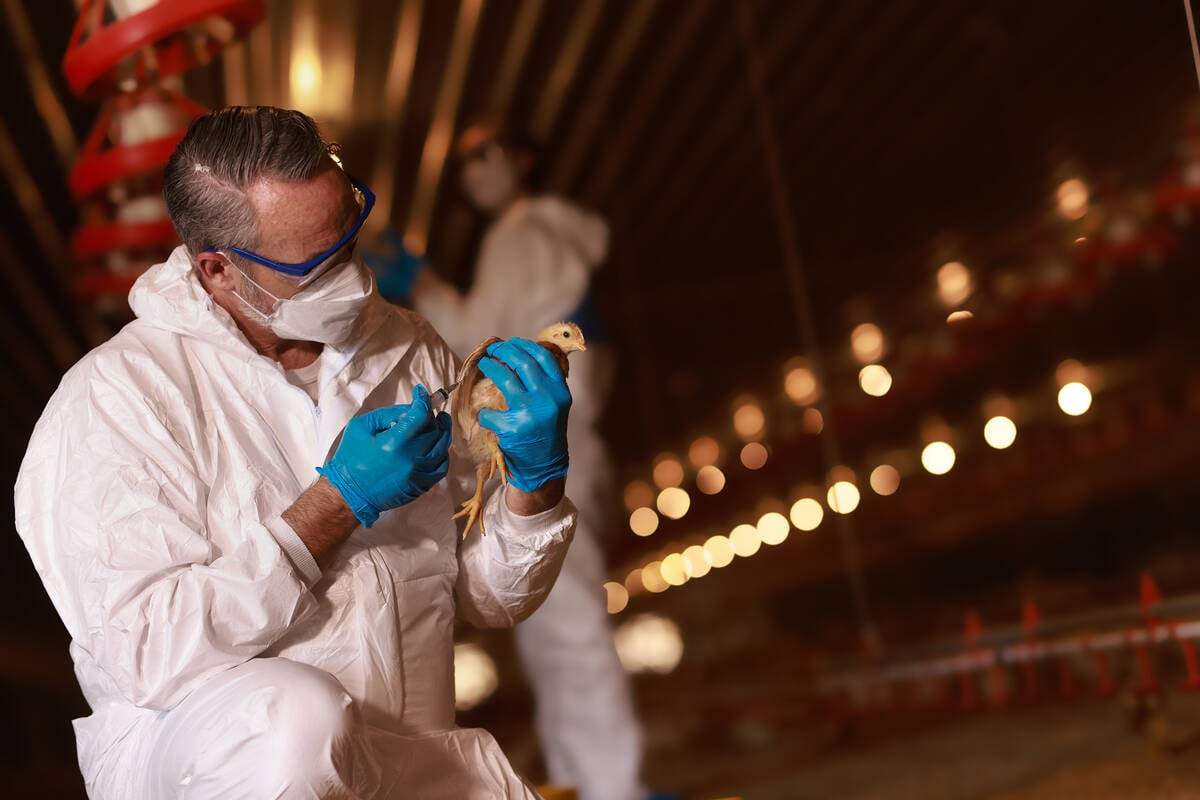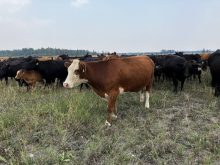Panama has lifted the last of its BSE-related limits on imports from Canada, including its ban on live Canadian cattle and any remaining limits on exports of Canadian cattle genetics.
The announcement Tuesday by federal Agriculture Minister Gerry Ritz and International Trade Minister Peter Van Loan follows the May 14 signing of the Canada-Panama Free Trade Agreement, and Panama reopening its ports last August to imports of Canadian beef.
“Panama may be a small market, but this announcement builds on last year’s re-opening in Colombia and continues the momentum that we hope will spread throughout all of Latin America,” The Canadian Cattlemen’s Association said in a separate release.
Read Also

Europe, North America face early wave of bird flu cases
An unusually early outbreak of bird flu cases affecting high numbers of wild birds and poultry farms across Europe and North America is raising concerns of a repeat of previous crises that led to mass culling and food price spikes.
“Every new market is a new opportunity and we are glad to see Panama join the growing list of countries who acknowledge the quality and safety of Canadian livestock genetics products” such as semen and embryos, said Russell Gammon, executive secretary of Jersey Canada and president of the Canadian Livestock Genetics Association, in a CLGA release.
The CCA also noted the timeliness of Panama’s announcement, given the recent signing of the free trade deal, which is expected to eventually provide duty-free access for all Canadian beef products.
“We are particularly pleased that Panama has agreed to provide immediate duty-free access for the highest quality Canadian beef grades,” Travis Toews, a Beaverlodge, Alta. rancher and president of the CCA, said in its release.
The CCA sees an opportunity to supply beef to cruise ships taking on provisions at the Panama Canal, he said.
The CCA, CLGA and Canada Beef Export Federation separately added thanks for the efforts of the federal government and cabinet ministers such as Ritz and Van Loan in normalizing beef trade.
Next up: Peru
The CBEF noted that pre-BSE trade to markets in Central and South America peaked at 6,000 tonnes ($5.8 million). Over half that trade went to Peru, with almost 20 per cent bound for Colombia. Other markets included Venezuela, Ecuador, Panama, Costa Rica and Guatemala, the CBEF said.
Honduras, Guatemala and El Salvador have reopened to Canadian boneless beef from cattle under 30 months of age (UTMs) and Colombia normalized its beef trade last year.
“Early export results in 2010 are signalling the comeback of Canadian beef in these important markets,” the CBEF said in a release Monday.
“Having these traditional markets for liver, heart and kidney open adds much needed value to the Canadian industry,” CBEF president Ted Haney said.
“We believe we are now in the final stages leading to normalized trade with Peru as well,” he added, noting the Canadian Food Inspection Agency has been talking with its Peruvian counterpart SENASA on the technical protocols involved.
CBEF said it’s facilitating a mission to Canada with 12 Peruvian buyers representing the companies responsible for about 90 per cent of Peru’s total meat imports. The federation said it will also host an “incoming regulatory mission” from Peru.
Pre-BSE Canadian beef exports to Peru reached as high as 3,000 tonnes, worth $3.5 million, in 2001, Haney said, noting Peru is “not a big producer of beef and depends upon imports to meet its beef demand.”
While most pre-BSE exports to Peru were offal products, he said, “it appears as we’re going forward there’s going to be a larger proportion of high-value cuts in addition to our traditional offal going to these markets.”














